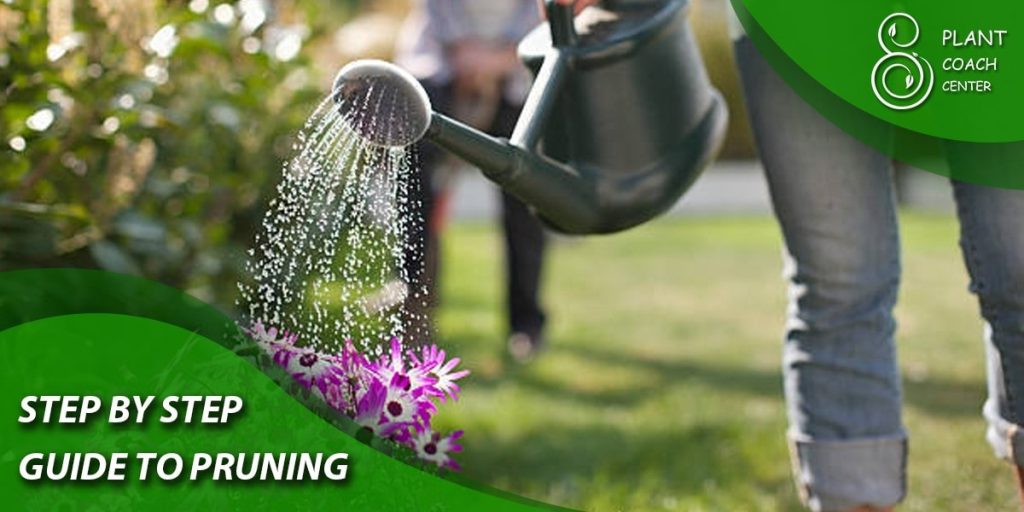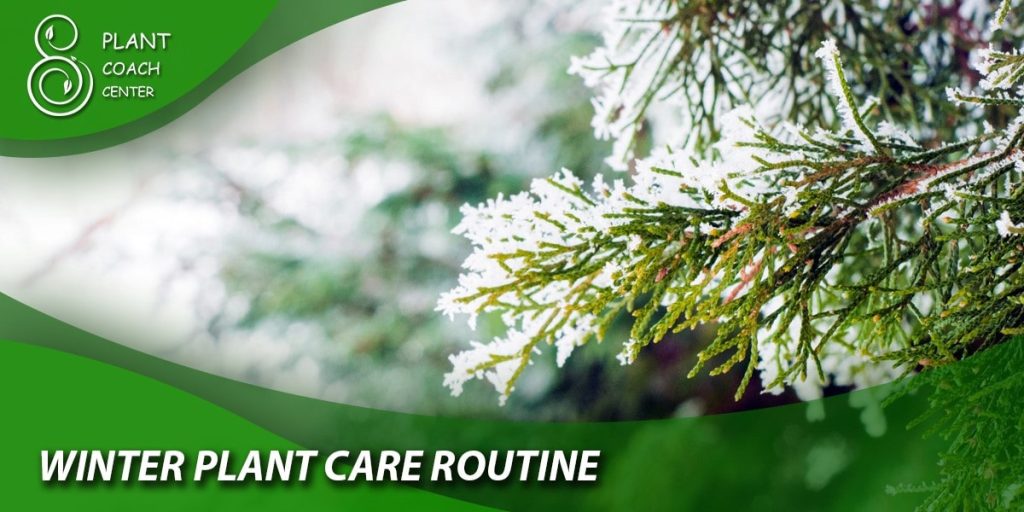when should you cut back plants for winter
As the golden hues of autumn give way to the stark white of winter, every gardener’s thoughts turn to the wellbeing of their green companions. Understanding when you should cut back plants for winter can seem daunting. However, with a little guidance from plantcoachcenter.com, you’ll be equipped to help your plants not just survive the cold season, but also thrive and bloom beautifully when spring arrives.
Understanding Plant Dormancy
The Role of Dormancy in Plant Survival
Dormancy is nature’s way of helping plants survive harsh conditions. During the colder months, many plants enter a phase of rest, allowing them to conserve energy and withstand freezing temperatures. This period of inactivity is crucial for their survival and subsequent growth.
Identifying Dormant Plants
Distinguishing between a dormant plant and a dead one can be tricky, especially for novice gardeners. A dormant plant typically has brown or gray branches that are flexible and not brittle. Scratching the surface of the bark might reveal a green layer underneath, a sure sign of life.
The Importance of Cutting Back Plants for Winter
Prevention of Plant Diseases
Pruning or cutting back plants helps prevent the spread of diseases. Dead or dying branches can be a breeding ground for fungi and other pathogens. By removing these parts, you can keep the rest of your plant healthy.

Enhancing Plant Health and Vigor
Cutting back also promotes new growth by redirecting the plant’s energy from maintaining larger, older growth to developing fresh, new shoots. This rejuvenates the plant, enhancing its health and vigor.
Preparing Plants for a Flourishing Spring
Proper winter pruning sets the stage for a bountiful spring. By eliminating old, weak, or damaged growth, you allow room for fresh shoots to sprout when the weather warms up.
When to Cut Back Plants for Winter
General Guidelines
The best time to cut back plants for winter varies, but it’s generally done in late fall or early winter. You should aim to prune after the plant has finished its growing cycle but before the deep freeze sets in.
Dependent on Plant Species
Different plants have unique pruning requirements. Some may need cutting back before the first frost, while others might prefer a mid-winter pruning session. Always research your specific plant species for the best results.
Signs Your Plants Are Ready for Pruning
Your plants will show signs when they’re ready for pruning. These can include finished blooming, leaf drop, or the onset of dormancy.
How to Cut Back Plants for Winter
Tools You Will Need
Having the right tools makes the job easier and safer for your plants. You’ll need sharp, clean pruning shears for smaller branches, loppers for medium-sized branches, and a pruning saw for larger branches.

Step-by-Step Guide to Pruning
- Begin by removing any dead, diseased, or damaged branches.
- Next, trim back overgrown branches to maintain the desired shape and size of the plant.
- Make clean cuts at a 45-degree angle, about 1/4 inch above a bud that is facing the outside of the plant. This encourages outward growth in the spring.
- For larger branches, use the three-cut method to prevent the bark from tearing and damaging the plant.
Species-Specific Pruning Tips
Again, different plants have different needs. Some plants, like roses, have very specific pruning requirements, while others, like conifers, rarely need pruning. Always check the specific needs of your plants before you begin.
Taking Care of Pruned Plants
Watering and Fertilizing
After pruning, your plants will need a little extra care. They may require more water, especially if the weather is dry. A mild, slow-release fertilizer can also help support their recovery and future growth.
Protecting Pruned Plants from Frost
Freshly pruned plants are vulnerable to frost damage. Protect them by applying a layer of mulch around the base or using horticultural fleece to cover them on particularly cold nights.
Monitoring Plant Health
Monitor the health of your plants throughout the winter. Look out for signs of disease or pest activity and take action if needed.

Common Mistakes to Avoid When Cutting Back Plants
Over pruning
It’s easy to get carried away with pruning, but overdoing it can stress your plants. A good rule of thumb is to remove no more than one-third of the plant at a time.
Incorrect Timing
Pruning at the wrong time can lead to frost damage or encourage new growth that won’t survive the winter. Ensure you’re following the recommended pruning times for each plant type.
Not Disinfecting Pruning Tools
Neglecting to disinfect your pruning tools before and after use is a common mistake that can lead to the spread of diseases among your plants. To prevent this, always clean your tools with a solution of one part bleach to nine parts water.
Winter Plant Care Routine
The frequency at which you should check on your pruned plants during the winter depends on several factors, including the type of plant, the local climate, and the specific conditions in your garden. However, as a general rule of thumb, it’s a good idea to check on your pruned plants at least once a week throughout the winter season.
One of the main reasons to regularly check your pruned plants is to monitor their overall health and to spot any signs of disease or pest infestation. Pruning creates open wounds on a plant, which, although necessary for healthy growth, can also provide an entry point for pathogens or pests. By keeping a close eye on your plants, you can identify any issues early and take appropriate action before they become serious problems.

Conclusion
Cutting back plants for winter may seem like a daunting task, but with the right knowledge and tools, it becomes a straightforward process. Not only does it help maintain the health and vigor of your plants, but it also sets them up for a vibrant and prosperous spring. Remember, every snip is a step towards a flourishing garden!
This comprehensive guide should equip you with the knowledge you need to confidently cut back your plants for winter. Remember, the goal is not just to help your plants survive the winter, but to prepare them for a flourishing spring. Happy gardening!
When is the best time to cut back plants for winter?
The best time to cut back plants for winter varies depending on the plant species. However, most plants benefit from being pruned in late fall or early winter, after they've finished their growing cycle but before the deep freeze sets in.
Why do I need to cut back my plants for winter?
Cutting back plants for winter helps prevent the spread of diseases, enhances plant health and vigor, and prepares them for a flourishing spring.
How do I know if my plant is ready to be pruned?
Certain signs indicate a plant is ready for pruning. These can include the plant's completion of blooming, leaf drop, or the onset of dormancy.
What tools do I need to cut back plants?
You'll need clean, sharp pruning shears for smaller branches, loppers for medium-sized branches, and a pruning saw for larger branches. It's essential to disinfect your tools before and after use to prevent the spread of diseases.
What care should pruned plants receive during winter?
Pruned plants should be watered and fertilized as needed, protected from frost, and regularly checked for signs of disease or pest activity.
What are common mistakes to avoid when cutting back plants for winter?
Common mistakes include over pruning, incorrect timing, and not disinfecting pruning tools. Avoiding these mistakes can make a significant difference in the health and success of your winter plant care.







